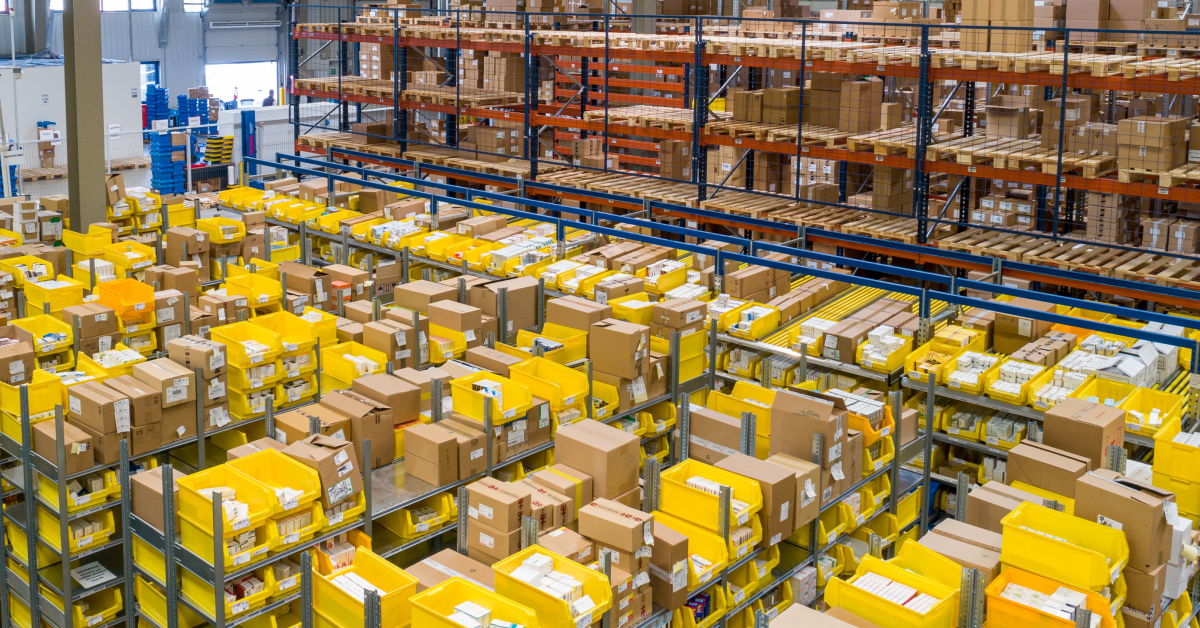MRO Supplies: What Are They & Why Do They Matter?
3 Min. Read Time


Maintenance, Repair, and Operations (MRO) supplies play a critical role in making sure businesses around the world run smoothly and safely, but most people have never heard of them before. So, what are they and why do they even matter?
What does MRO mean?
MRO is literally defined as “maintenance, repair, and operations.”
What are MRO supplies?
MRO is a term commonly used in the procurement and operations world to describe all of the “Other” expenses involved in your supply chain. That means many different categories of supplies are often lumped into MRO, such as:
Consumables (e.g., cleaning, warehouse, office supplies)
Industrial Equipment (e.g., compressors, gauges, pumps)
Upkeep Supplies (e.g., repair tools)
Safety Equipment (e.g., gloves, goggles, hard hats)
Furniture & Fixtures (e.g., desks, chairs, lights)
Electronics (e.g., computers, printers)
Why are MRO supplies important?
If properly managed, the importance of MRO supplies will likely go unnoticed. They typically only make up about 5-10% of the total Cost of Goods Sold (COGS). So at a glance, they don’t seem that important from a cost-lowering perspective. However, from a business-operation perspective, running out of MRO supplies could bring your entire operation to a halt.
They also play a critical role in safety. Whether it’s about ensuring equipment works as expected or protecting your team with proper PPE, you’ll need to make sure that you have the right MRO supplies stocked or else you could be putting your team at risk of injury.
Whether you’re a distribution center that needs corrugated boxes on-hand to fulfill orders or a manufacturing facility that needs a certain tool to keep your equipment running, if these supplies aren’t there when you need them, the consequences can be massive.
What are best practices for managing MRO supplies?
There are a few key ways to stay on top of MRO supply management:
Hire a procurement or purchasing person
If you have the resources, hiring for a procurement or purchasing role will make your life a lot easier and ensure the practices below are all being worked on. This person will need to be or become knowledgeable in a variety of products to ensure they’re achieving best value for money.
Manage supplier relationships
You’ll want to identify the items that pose the greatest risk in your supply chain. What items will lead to major consequences if you don’t have them on-hand when needed? Determine what these products are and focus on fostering relationships with the suppliers providing them.
Implementing key performance indicators for your suppliers and conducting regular performance reviews will also help make sure you’re working with the best suppliers for the job.
Set spend controls
Enforcing spend controls for MRO supplies will help prevent any rogue purchasing behavior. It’s helpful to set these spend controls based on spend amount, product categories, and purchasers.
Track key performance metrics
Tracking key performance metrics internally like downtime costs, inventory levels, and lead times will arm you with the information you need to make sure you’re never out of your most critical supplies.
Proactively manage inventory
�
Implementing scan guns for consumables isn’t usually very efficient although it would theoretically help you get a real-time pulse of your inventory. In practice, it’s more reasonable to have someone on your team manually tracking inventory levels for consumables. Some companies have even opted to implement vending machines to automate spend tracking for smaller goods like gloves or markers, for example.
Conclusion
MRO management is ultimately about proactively preventing big problems that could bring your operation to a halt. It’s when MRO is overlooked that it goes from being a small portion of your COGS to a major expense and headache. Ultimately, implementing best practices today will save you a lot of time and money down the line.


